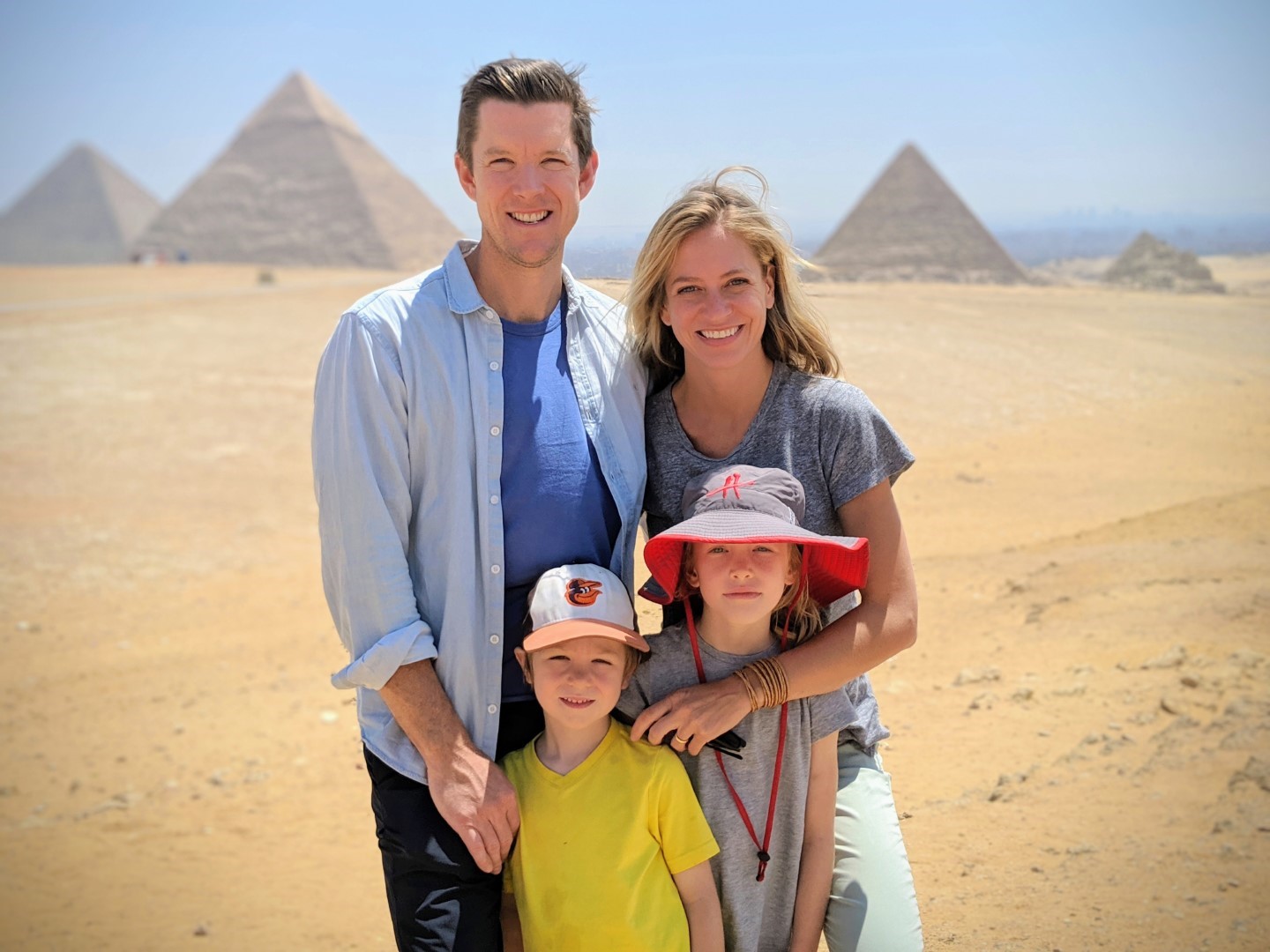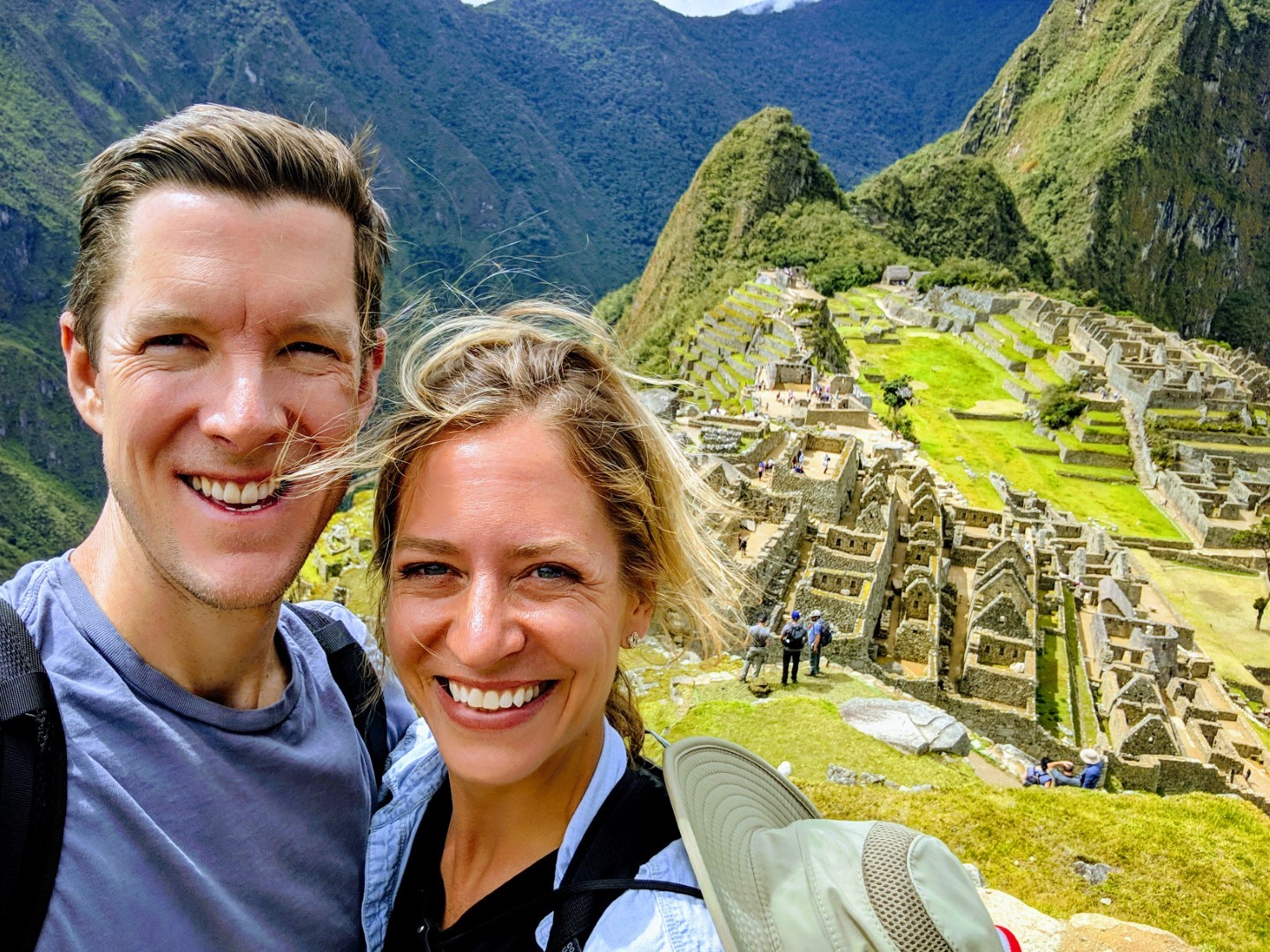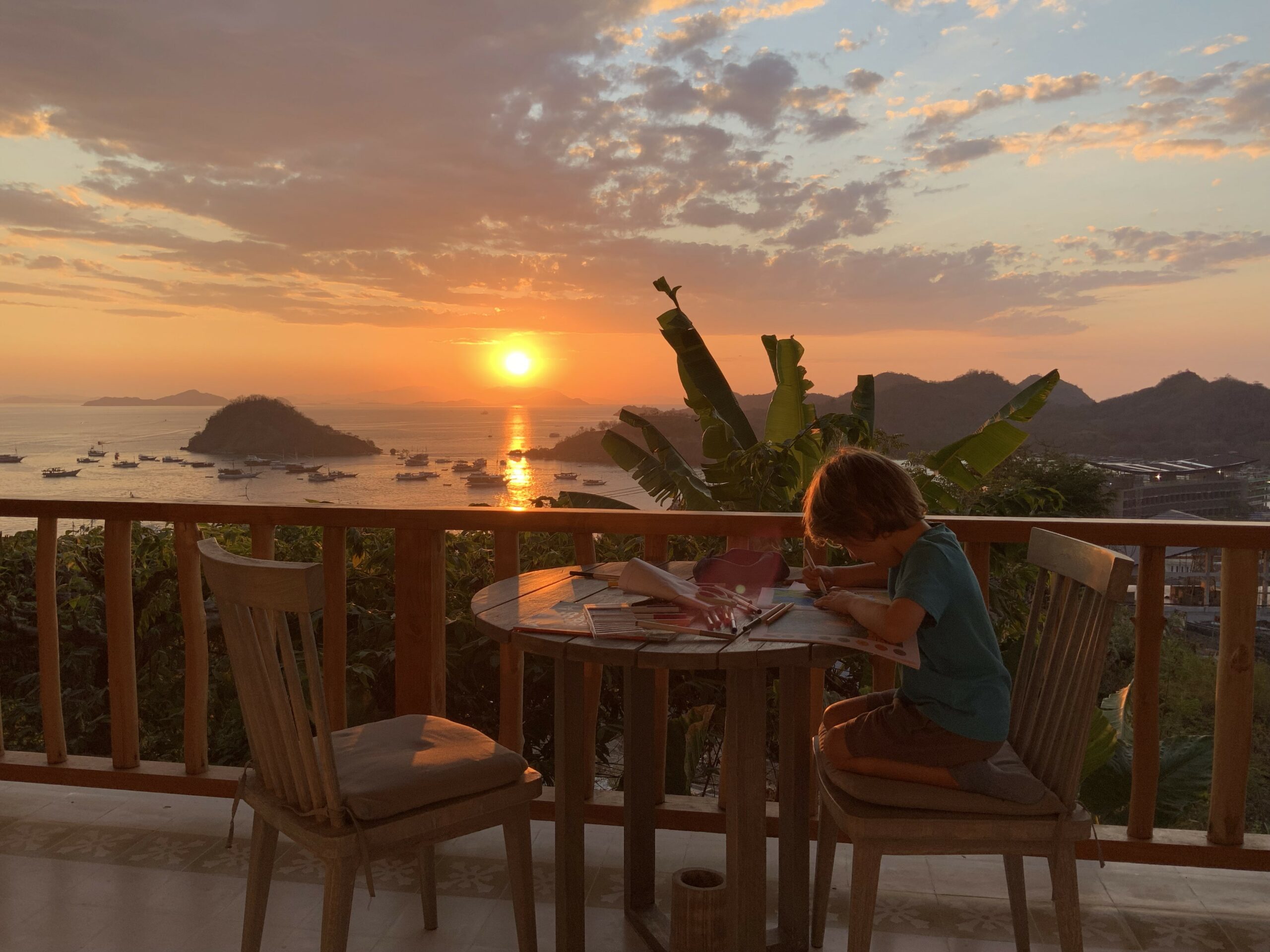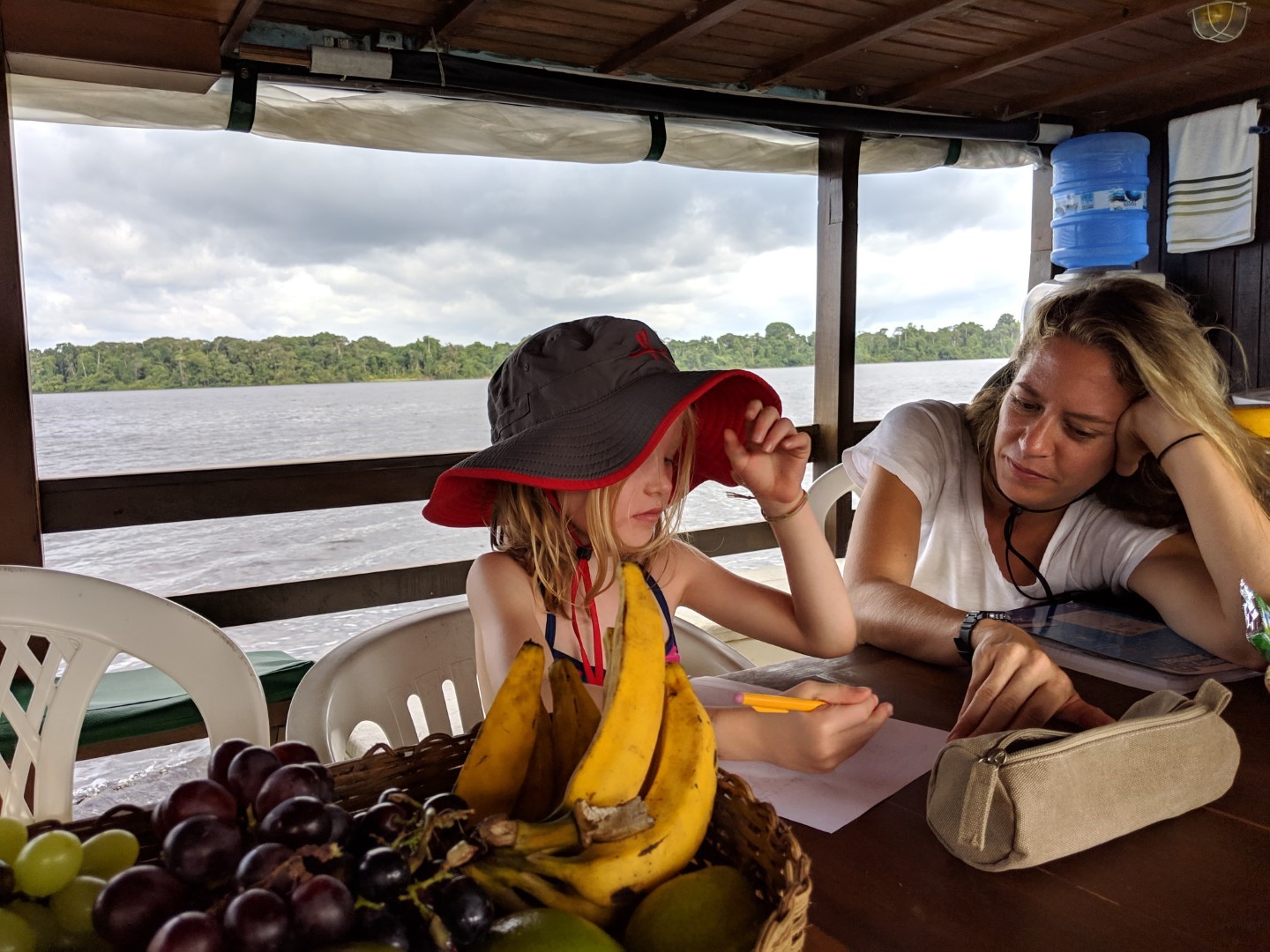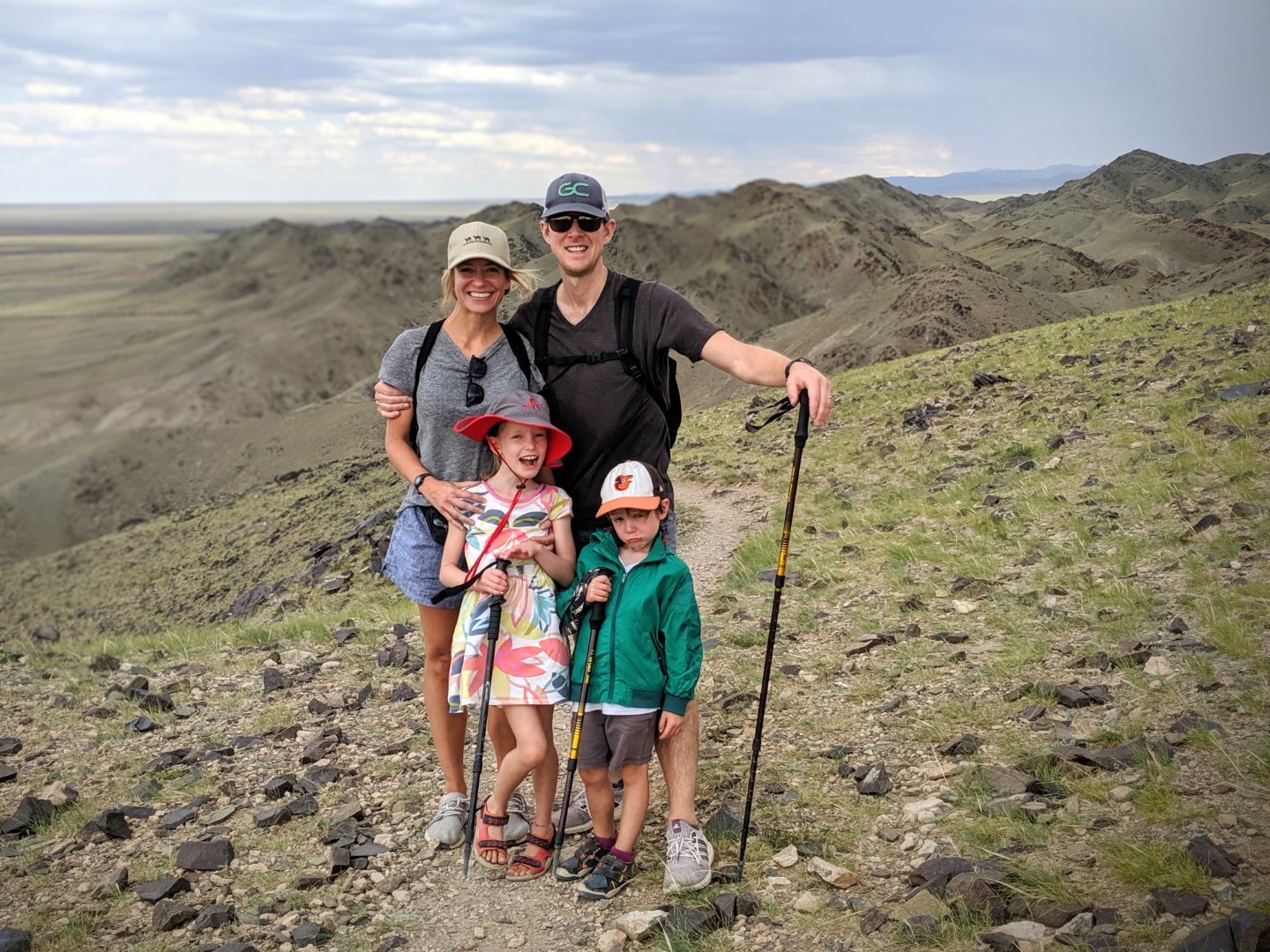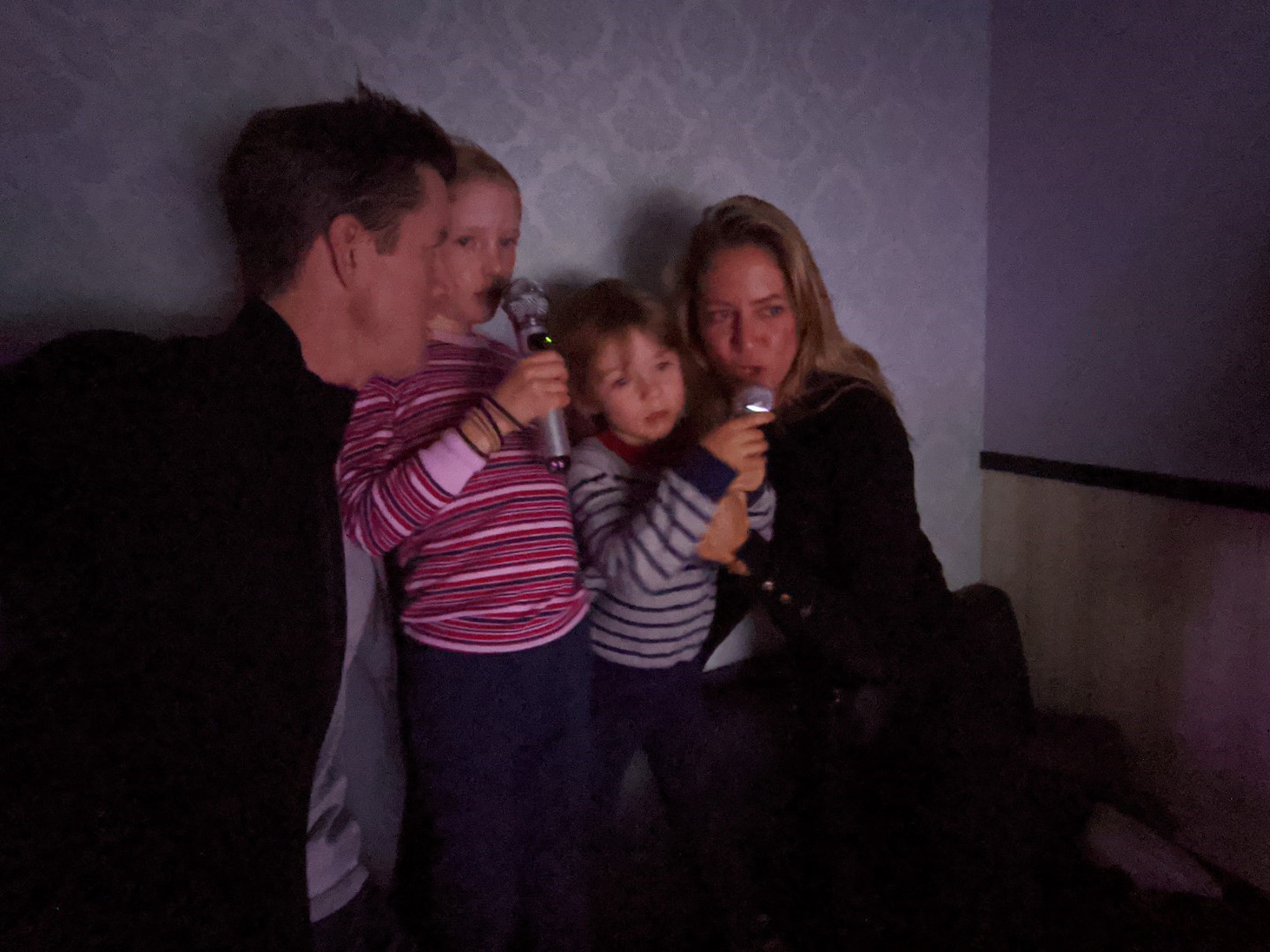In 2019, my husband and I quit our jobs, gave up our New York City apartment, pulled our two kids out of school, and left the country to travel as a family to twenty-nine countries across six continents. At the time, our children were four and six. Prior to leaving, we had debated the issues of extended travel with little kids. A big issue was the question of how much they would remember.
“Kids that age won’t even remember it,” people said. “Why bother?”
By people, I actually mean me and my husband. Up until then, we’d believed it was silly to take kids on big travel adventures. What would be the point, we wondered, when they wouldn’t remember the sights, much less appreciate the adventure? (Plus, we’d have to endure all the inevitable whining and schlepping. No thank you!)
Considering A Family Gap Year
But when my kids were three and five, a series of unexpected events suddenly had us considering the unthinkable: taking a “family gap year” to travel around the world. To quote my journal, I felt we needed, “a full year of global travel, with the kids, without jobs, on the move, seeing and learning as much as we can about the rest of the world. Not someday, but now.”
The question of whether to go for it or not prompted so much debate—about money and safety, about our jobs and our parents. Naturally, a lot of it came back to the kids. My pre-school son was so young he thought the day after Tuesday was “threesday”—and we were thinking about taking him on safari in Zimbabwe? To Machu Picchu? Wasn’t this a colossal waste of money?
Pros and Cons Lists
We created endless pro-con lists. For all the advantages—our daughter and son would gladly spend 24/7 with mom and dad; their schooling would be simple enough for us to teach; they wouldn’t need privacy or their own bathrooms; their age would let us skip lines and benefit from other perks like discounts; their clothes would be small enough to pack very light; they could make friends the way little kids do, aka easily—the big question still loomed: Was it worth it when we knew they wouldn’t really remember it?
Thankfully, a wise friend put an end to the second-guessing. “They might not remember it,” she suggested one night over dinner. “But it will shape them.”
I didn’t fully understand what she meant but I liked how her framing made the unknowns seem more meaningful somehow. I felt my expectations widen from short-sighted to big picture. We made the leap to go.
Here’s What Happened
What followed was the single greatest year of our lives. An adventure that lasted 366 days and saw us bumbling together through the misty mountains of Colombia and the white sands of Mozambique, across the crisp Norwegian fjordlands, and among skyscrapers in Shanghai and Tokyo. We averaged five nights in each stop and lived out of carry-on bags, all the while experiencing mishaps and whining, but also breakthroughs and bonding.
Now those small kids are nearly 10 and 12. Do they remember digging for dinosaur fossils in Mongolia? The Apartheid Museum in Johannesburg? The pho in Vietnam? Ask them and they’ll reply with squinted eyes, “Sooort of?”
But my friend was right. The trip did shape them. Not because they picked up a lot of knowledge, though as little kids, both could tell you all about Genghis Khan and the Amazon, about Nelson Mandela and koalas. (Saying that is how the year shaped them would demand a comeback like Matt Damon’s in Good Will Hunting: “You wasted $150,000 on an education you coulda got for $1.50 in late fees at the public library.”)
Travel “Shapes” Kids
Rather, the transformative effects I’m talking about are more subtle, Here are a few that come to mind:
Learning to Carry Their Own Stuff
A year of carrying their own stuff created a lasting habit of personal responsibility. Your stuff, your problem. If they can carry it themselves—or, for that matter, say it, do it, or ask it—they generally do. You won’t catch us hauling my son’s enormous baseball backpack to practice. They don’t usually need to be coaxed to ask strangers for help or directions the way I always had to. (“Now, Margaret,” my mom would say, nudging me toward the library’s checkout desk while I stared at my feet. “Tell Mr. So-and-So you’d like to apply for a library card.”) They’d observed their mom and dad asking for help every day for a year and picked up the habit.
Difficult Topics = Frank-Talk
Exposure to difficult topics set an early precedent for frank-talk. We hadn’t anticipated many of the tough questions we had to answer that year—the ones about war and disease and terrorism, about racism and orphans, and about the United States not always being the hero. They lurked everywhere, though, even when we intentionally tried to keep things light and age appropriate. (Bob Marley’s house in Kingston, Jamaica, had seemed innocent enough but ended with us explaining the words “assassination attempt.”) It turns out the world doesn’t come with trigger warnings, and after so much exposure, our kids grew to expect the unvarnished truth, even when it’s ugly—and can usually be trusted today to grapple with it.
Mutual Respect
Our family dynamic went from Grownups Rule, Kids Drool to one of mutual respect. When I look back at our family before we left, I see The Married Couple, The Kids, and The World—none of it particularly enmeshed. My husband and I were the all-knowing grownups, and our children were needed us to teach them the ways of the world. Travel upended all that. Out there, we were equally clueless, equally foreign, equally human. Humbled, my husband and I were forced to shed our Invincible Parent facades at the same time that our brave and funny kids proved they had just as much to teach us as we had to teach them. Today our foursome operates with that understanding.
Clearly Family Narrative
Better than memories, our kids have a clear family narrative. My daughter and son don’t remember most of that family gap year. But they have something better: a strong and lasting family narrative. We did this. This is who we are. Our adventure is the story they tell about themselves and about us. The details may fade from memory, but the significance will only grow.
My advice as an outcome of our family adventure: expose your children to as many experiences as possible and don’t worry about what will come of it.
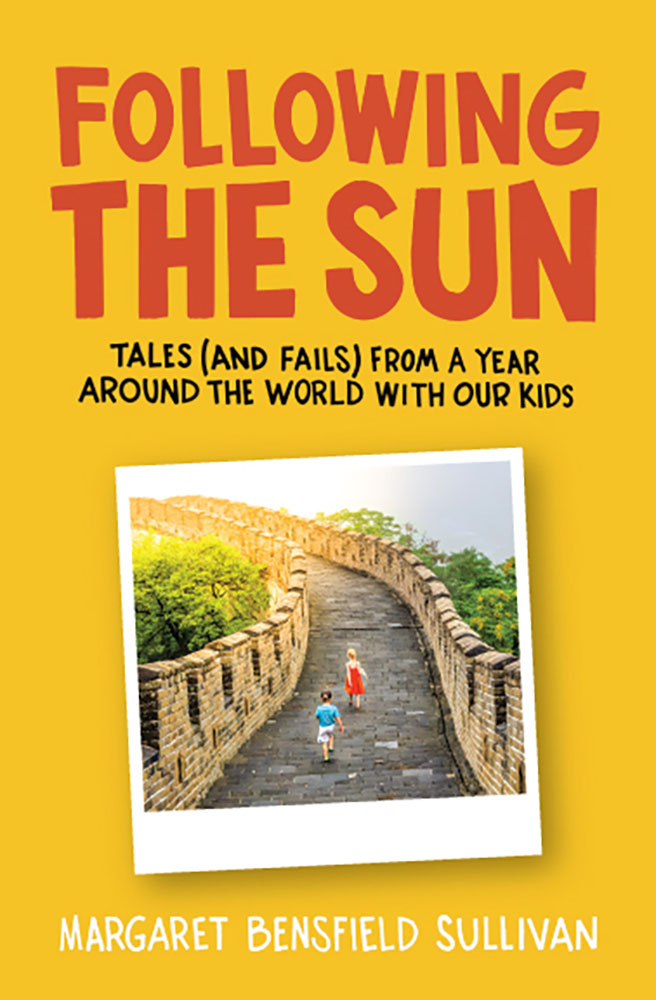
Following the Sun: Tales (and Fails) from a Year Across the World with Our Kids, is the book that resulted from Margaret Bensfield Sullivan’s travels.
For More:
- On our site: Practical and Encouraging Tips for Traveling with Baby
- On our site: A Beginner’s Guide to Traveling with Toddlers
- Also on our site: Getting Lost While Traveling: How to Really Get to Know a City
- We know you’ll enjoy Following the Sun: Tales (and Fails) From a Year Around the World With Our Kids (December 5, 2023). Learn more at MargaretBensfieldSullivan.com.
-All photos courtesy of Margaret Bensfield Sullivan.


